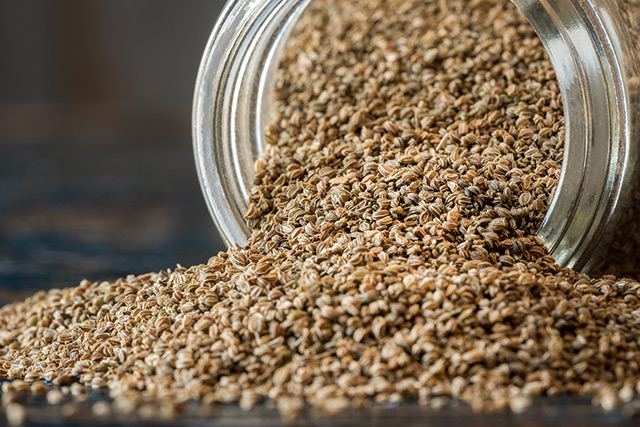Large clinical trials suggest that high blood glucose can be an effect rather than the cause of type-2 diabetes
05/25/2018 / By Isabelle Z.

High blood glucose was long believed to lead to type 2 diabetes, but new research shows this could actually be an effect of the illness rather than its cause.
Type 2 diabetes usually sets in as people get older and can cause serious health complications like circulation problems, a higher risk of stroke and heart disease, and damage to the kidneys, nerves and eyes. Despite its prevalence, there is still a lot about it that researchers don’t understand.
According to scientists from the German Cancer Research Center and Heidelberg University Hospital, it could actually be elevated levels of a metabolite known as methylglyoxal, or MG, that lead to the metabolic disturbances associated with diabetes, along with obesity, high blood sugar, and insulin resistance.
The researchers said that while lowering a person’s high blood glucose levels with drugs seems to reduce their rate of strokes and heart attack, this is only the case up to a certain point. Heidelberg University Hospital Medical Director Peter Nawroth said that when patients do manage to lower their blood sugar under the diabetes threshold value, many of them still go on to develop the type of nerve and kidney damage typically seen in diabetics. This, he believes, points to type 2 diabetes having molecular causes not related to glucose or insulin.
Type 2 diabetics tend to have high levels of MG, so the scientists decided to give it a closer look. Doctors have traditionally believed that the high MG levels arise from high blood glucose and are responsible for the typical damage seen in diabetes. The researchers now think this belief could be erroneous.
In studies with rats, those who consumed MG with their food showed signs of diabetes like insulin resistance. The researchers decided to look at fruit flies to examine how long-term elevated concentrations of MG can affect them. Although fruit flies aren’t that similar to humans, they chose them because their energy metabolism develops early and their results can normally be translated to mammals like humans.
They allowed MG to accumulate in the flies’ bodies by turning off the enzyme responsible for the breakdown of MG in the flies. They quickly developed insulin resistance, became obese, and eventually exhibited disrupted glucose levels. This enabled them to determine that higher MG levels trigger diabetic disturbances to the metabolism and insulin resistance. Therefore, they believe MG is the cause of type 2 diabetes. Their findings were published in the journal Cell Metabolism.
Many unanswered questions remain
The next logical question, of course, is what leads to elevated levels of MG. This is further complicated by the fact that obese people who don’t have diabetes also have higher MG levels. It’s something the researchers would like to explore in future studies, and they’d also like to gain a better understanding of the metabolic processes that influence MG production and decomposition. First, however, they are planning a study of mice to ascertain which clinical symptoms can be caused by long-term elevated levels of MG in mammals.
One potential treatment for diabetes could be found in the form of the naturally-occurring molecule carnosine. The studies are ongoing, but initial results show the supplement has a lot of promise when it comes to lowering blood sugar levels and preventing diabetic complications.
One of the best ways to prevent and even treat diabetes remains a healthy lifestyle. Eating a diet rich in organic produce while avoiding sugar and refined flour can go a long way, as can maintaining a healthy weight and exercising regularly.
With the proportion of adults who have diabetes climbing from 4.7 percent in 1980 to over 8.5 percent today, the need for a thorough understanding of the disease has never been more pressing.
Sources for this article include:
Tagged Under: blood glucose, blood sugar, carnosine, cause and effect, diabetes, diabetes science, disease causes, health care, Medicine, methylglyoxal, MG, research, science, Type 2 Diabetes, understanding disease


















